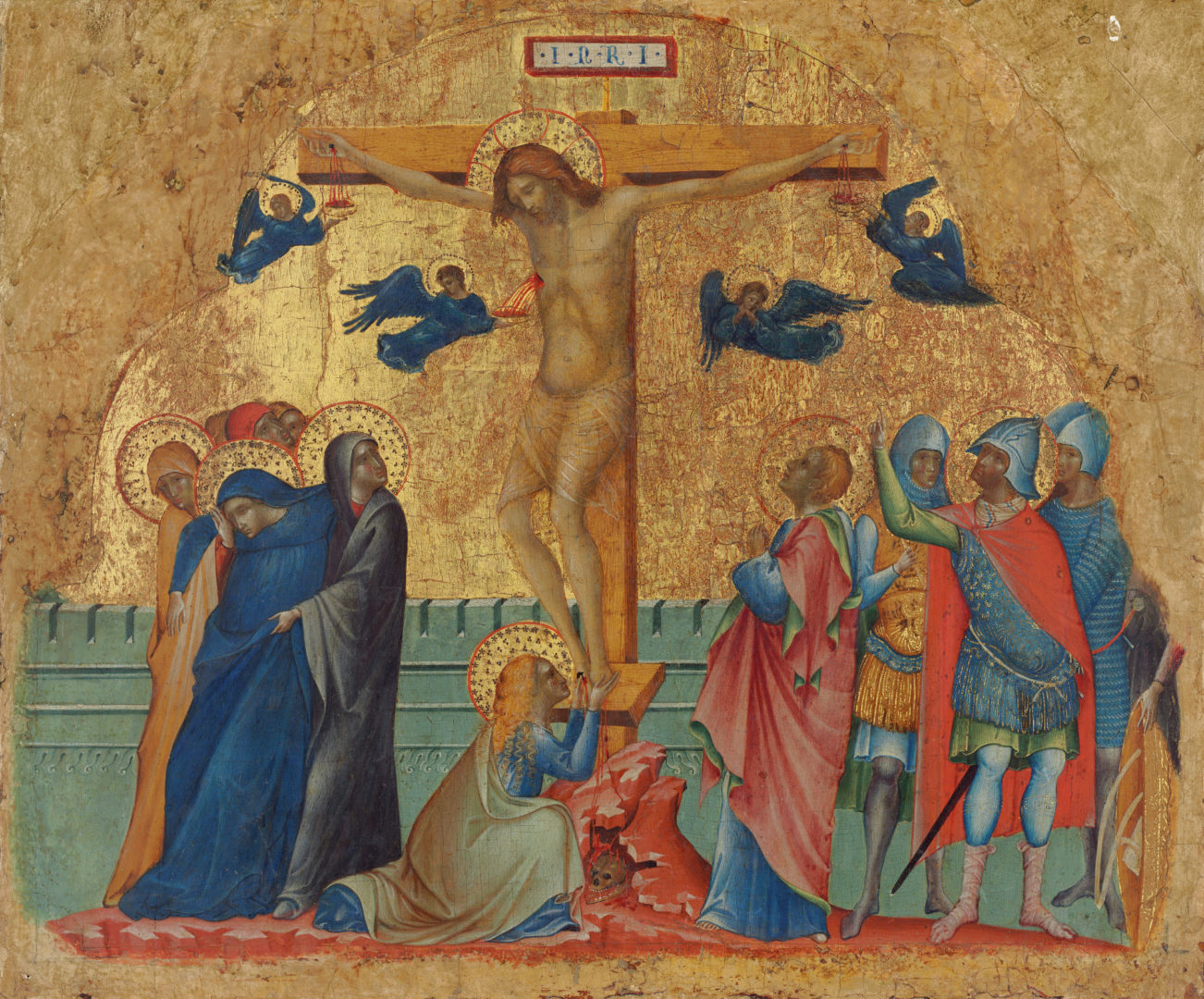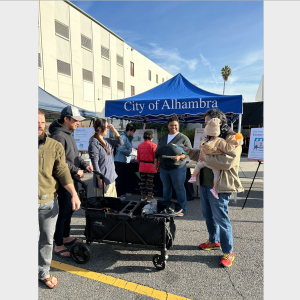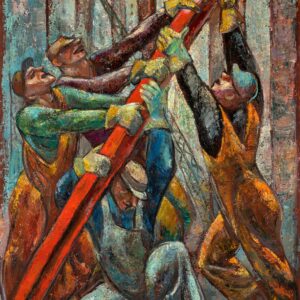 View Winners →
View Winners → 
A new exhibition, on view at the J. Paul Getty Museum, Getty Center, through Oct. 3, 2021, brings together numerous paintings by Paolo Veneziano who is often referred to as “the premier painter in late medieval Venice” — having produced religious works ranging from large complex altarpieces to small paintings used by Christians for personal prayer.
The centerpiece of the show reunites painted panels from a triptych (an altarpiece or carving in three side-by-side panels) that originally belonged together but are today housed in different collections around the world.
“It is fairly commonplace for museums around the world to own fragments of what were once larger ensembles, dismantled in later centuries for sale on the art market,” explains Timothy Potts, Maria Hummer-Tuttle and Robert Tuttle Director of the J. Paul Getty Museum. “Paolo Veneziano: Art and Devotion in 14th-Century Venice presents a rare exception: a completely intact triptych for personal devotion, on loan from the National Gallery of Parma, Italy. The appearance of this triptych was the basis for the reconstruction of an almost identical triptych, the so-called Worcester triptych, reassembled for the first time in this exhibition.”
Portable devotional triptychs, self-supporting and with closable shutters, were regularly made by artists and craftspeople in Venice throughout the 14th century. It is a type that seems to have been invented in Veneziano’s workshop, said The Getty.
The reconstruction offers a rare glimpse into how the artist’s works were first experienced. Through scientific investigations and visual analysis, Getty conservation scientists and curators determined that a series of panels – today dispersed between the Getty Museum (Annunciation), the National Gallery of Art, Washington (Crucifixion), and Massachusetts’ Worcester Museum of Art (Seven Saints) – were originally part of the same ensemble, a triptych remarkably similar to one that remains intact in Parma.
“For this study we investigated each of the individual panels that comprise the triptych by Paolo Veneziano, or the suggested reconstruction of the triptych,” explained Getty Senior Conservator of Paintings Ulrich Birkmaier. “And we used X radiography techniques such as infrared imaging, studying the panels, the individual panels under a … microscope, and also identifying the materials such as pigments, the gold leaf, and how all these materials were employed and put together by Pablo. And the ultimate goal was to determine whether those various panels from NGA, the Getty, Worcester … if those panels indeed belong together,” continued Birkmaier.
In both, narrative scenes from the life of Jesus Christ are combined with iconic depictions of saints. The reconstructed altarpiece is missing its central panel, which experts believe likely depicted the Virgin Mary and Christ Child, like the centerpiece in the intact altarpiece in Parma. This missing panel remains to be discovered. The surviving panels have been reassembled for the first time using a specially constructed metal armature.
“With elaborately gilded surfaces, punched and manipulated to create precious visual effects, and expressively conceived combinations of brilliant colors, Paolo Veneziano’s paintings are a feast for the eye,” said Davide Gasparotto, senior curator of paintings at the Getty Museum. “Paolo’s oeuvre is often characterized as straddling the painterly traditions of the eastern and western territories, where Byzantine cadences find harmony with the recent developments of painting on the Italian peninsula. This exhibition contextualizes Paolo’s work in relation to the transformative and cosmopolitan cultural landscape in Venice during the artist’s lifetime.”
During Paolo’s lifetime, Venice was a powerful, multicultural city and Venice’s art and architecture reflected this unique cosmopolitanism.
“His career coincided, also, with one of the most prosperous periods in Venice’s history,” explained Gasparotto. “Already possessed of a centuries’ old dominion over trade and pilgrimage routes in the eastern Mediterranean, the Venetian Republic’s political and military power continued to rise during Paolo’s lifetime.”
A selection of contemporaneous works in other media—carved ivory, illuminated manuscript, and woven silk—demonstrate the cross-pollination between different kinds of art-making that underpinned Venetian artistic production.
The exhibition was conceived in collaboration with The Frick Collection in New York but will be shown exclusively at the Getty Museum as the pandemic made touring difficult.
The Getty Center is open to a limited number of visitors, in accord with state and local public health guidelines, Tuesday through Sunday, 10 a.m. to 5 p.m. It is closed Mondays.
Admission to the Getty Center is always free, but in order to allow social distancing, a reservation is currently required for admission. Reservation are available at www.getty.edu/visit/ or at (310) 440-7300. Parking is $20. The Getty Center is at 1200 Getty Center Drive, Los Angeles, California.







































































































